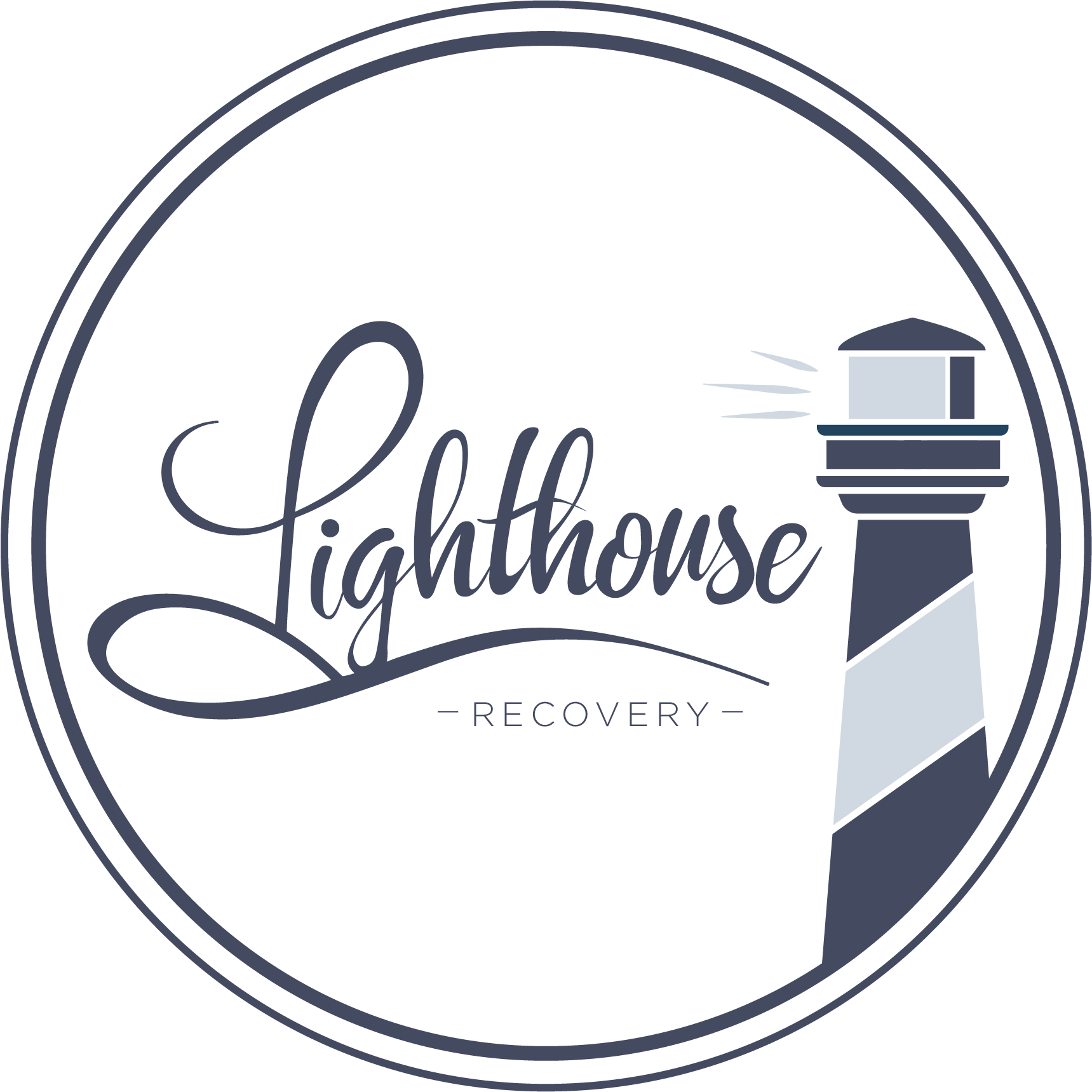THOUGHTS ON INTERVENTION AND RECOVERY
Addiction changes the structure and functioning of the human brain, it is a disease that affects individuals’ ability to make the correct choices. On the outside looking in, addiction seems like a series of selfish, self-destructing behaviors that someone chooses to make. While this is not incorrect, as previously noted, addiction affects an individual’s ability to make the correct choices. The American Society of Addiction Medicine views addiction as a disease of the brain’s reward, motivation, and memory systems. It is characterized by an individual’s inability to consistently abstain, impairment in their behavioral control, an existence of cravings, their diminished recognition of significant problems with behavior and interpersonal relationships, and cycles of relapse and remission.
Is addiction a choice?
Individuals do have the choice to begin using addictive substances and once they understand the addictive process and have support, it is up to them to remain in recovery. Though it starts as a choice, there are clear physiological changes that occur in the brain and body that make it more difficult to control use the more a vulnerable person is exposed to the substance.
Can drug and alcohol addiction be cured?
Addiction is considered a chronic disease which can be well-controlled with the right treatment and support. Once changes in the brain and body occur that lead to the addictive state, they remain. It is also believed to be a progressive disease, meaning it only gets worse, never better. Over time, addiction creates more pain than pleasure but becomes too powerful and important to stop. Self-esteem decreases each time the addict chooses the substance over recovery. As individuals start to make healthy choices for their recovery and gain back their confidence, it becomes easier to abstain from alcohol.
What is the cause of addiction?
The biopsychosocial model of addiction presents the disease as a syndrome with common neurobiological, psychosocial, and comorbid behavioral components. This model views addiction as an interplay between biological, psychological, and environmental factors. It considers the whole person and places value on the connection between mind and body. It argues there are multiple pathways to addiction including genetic predisposition, learned behavior, the need to self-medicate, and the impact of environment and family.
The biological component of this model suggests that addiction is a brain disease that often has a genetic link. There may be an imbalance of the brain’s neural transmitters due to the cycle of flooding the body with pleasure chemicals (dopamine) while depriving it of warning chemicals. The imbalance has been linked to depression, anxiety, and other mood-related disorders that often go hand-in-hand with addiction.
As addiction progresses, it impacts a person’s thoughts, feelings, and behaviors. They may use drugs to cope with their physiological stress, hoping the drugs will improve their mood and decrease anxiety. As they stop using substances, behavioral changes can occur due to substance-induced brain dysfunction. The use of drugs as an escape from stress or life in general can cause someone to rely on drugs to handle different situations that come their way. These are some of the psychological causes and of addiction as well as the effects of addiction on an individual.
Social factors are the final element of the biopsychosocial model of addiction. Environmental stressors can impact the course of one’s addiction and vice-versa. If someone grows up in an area where drug-use is commonplace, they will be at a higher risk of developing a problem with drugs. If someone associates with people who use regularly, they’ll also be at a higher risk of becoming addicted themselves. Addiction can also cause individuals to suffer socially; over the course of their addiction, it is common for them to lose jobs, friends, and financial resources.
In conclusion, there are a variety of factors that impact someone developing an addiction. Some people are at a much higher risk of developing an addiction based on their genetics, social environment or psychological makeup. Some individuals have a combination of all these risk factors, others have fewer. The commonality with substance abuse addiction is that the brain and body’s physiology is changed for the addict when substances are ingested. These changes make it extremely difficult for the individual to use recreationally. Ultimately, the person needs to make the decision to accept help for their problem.
